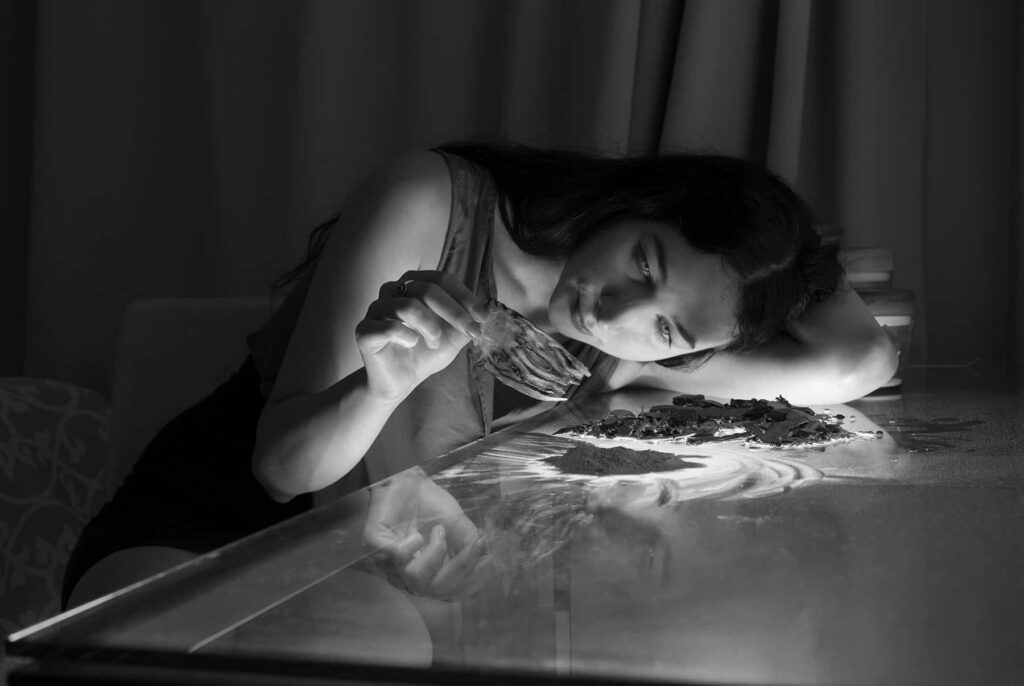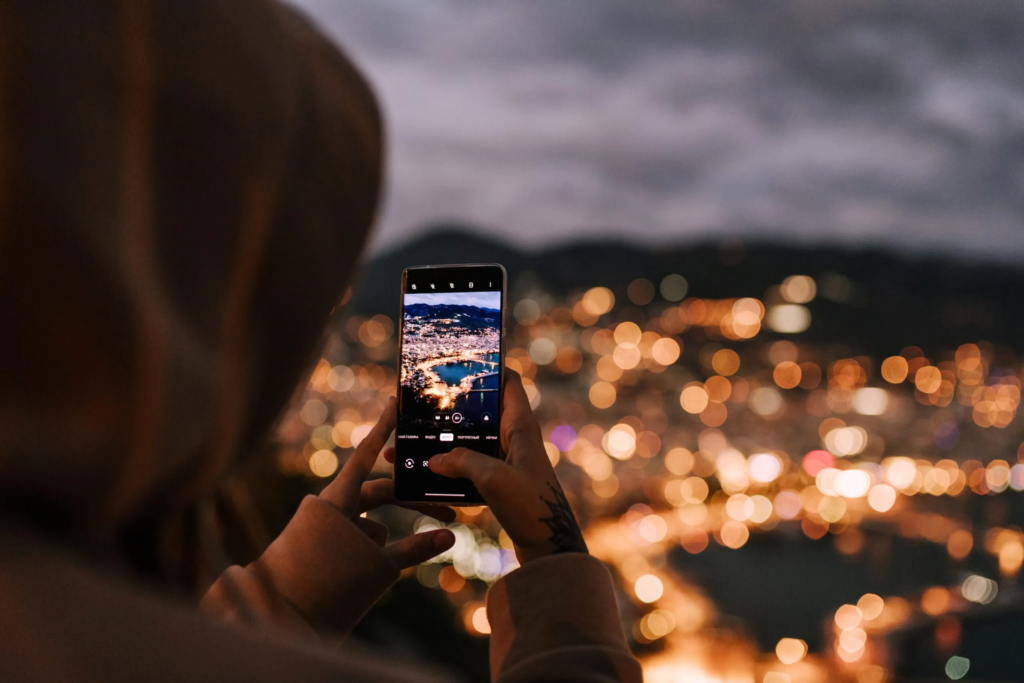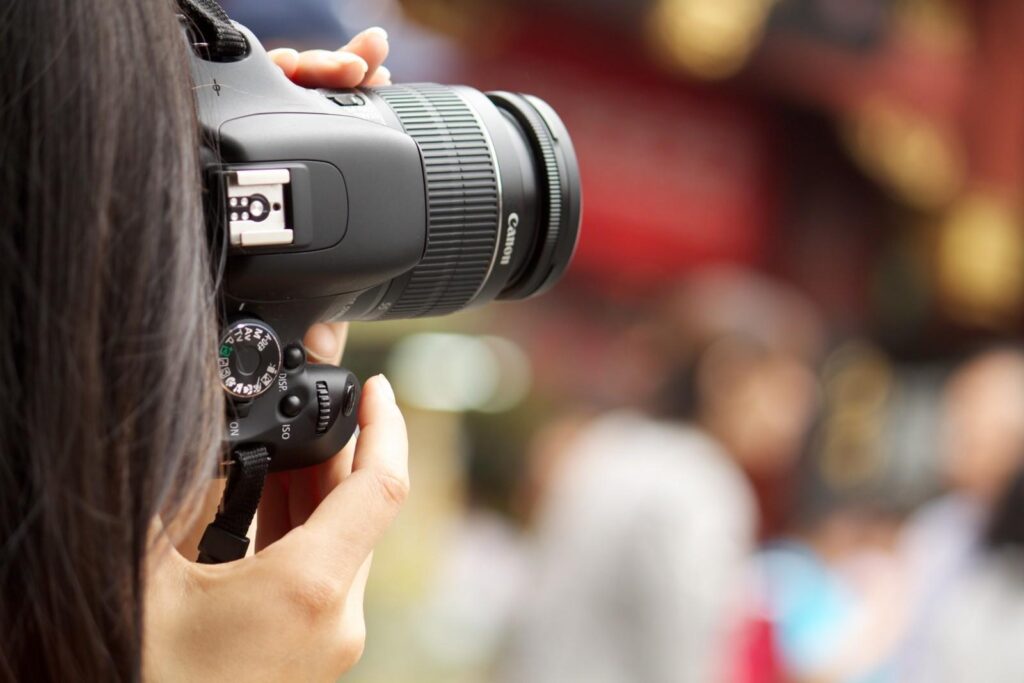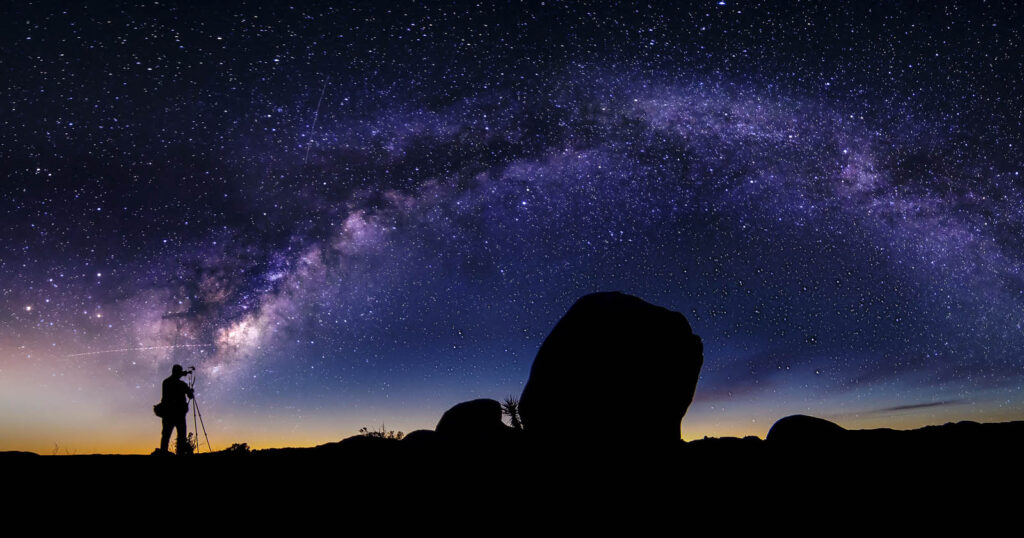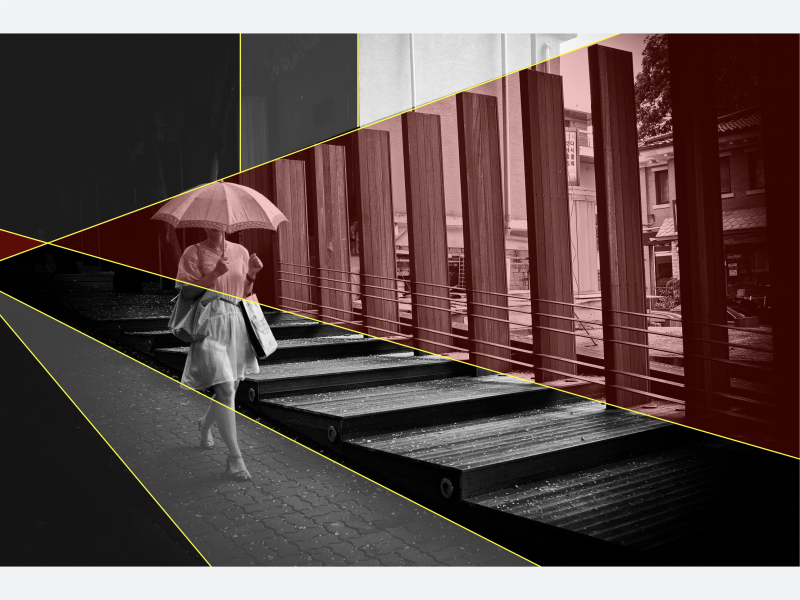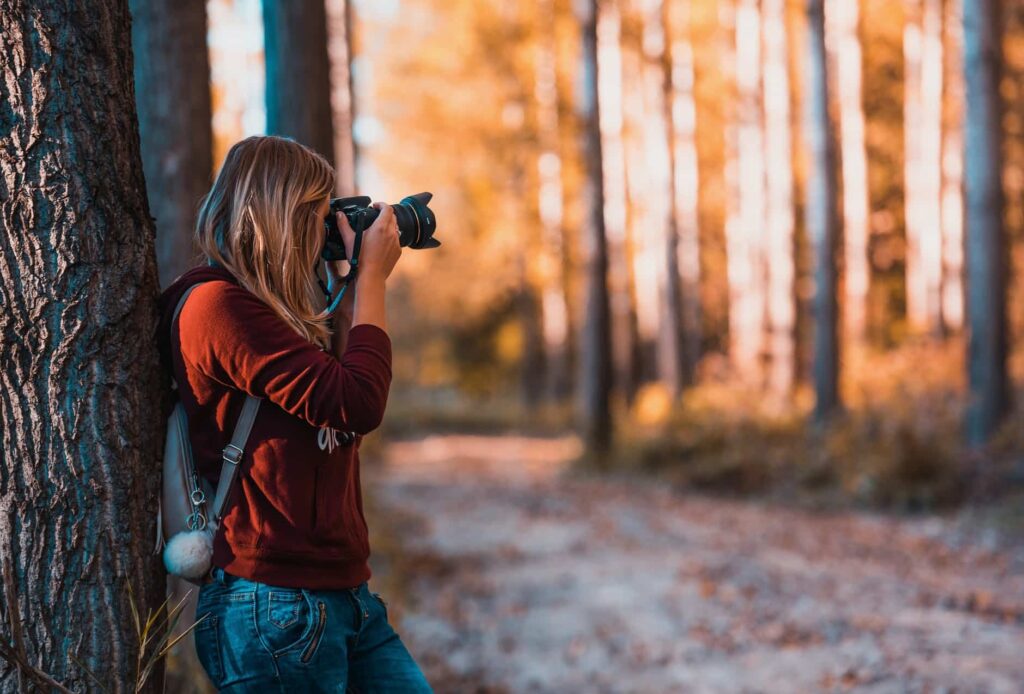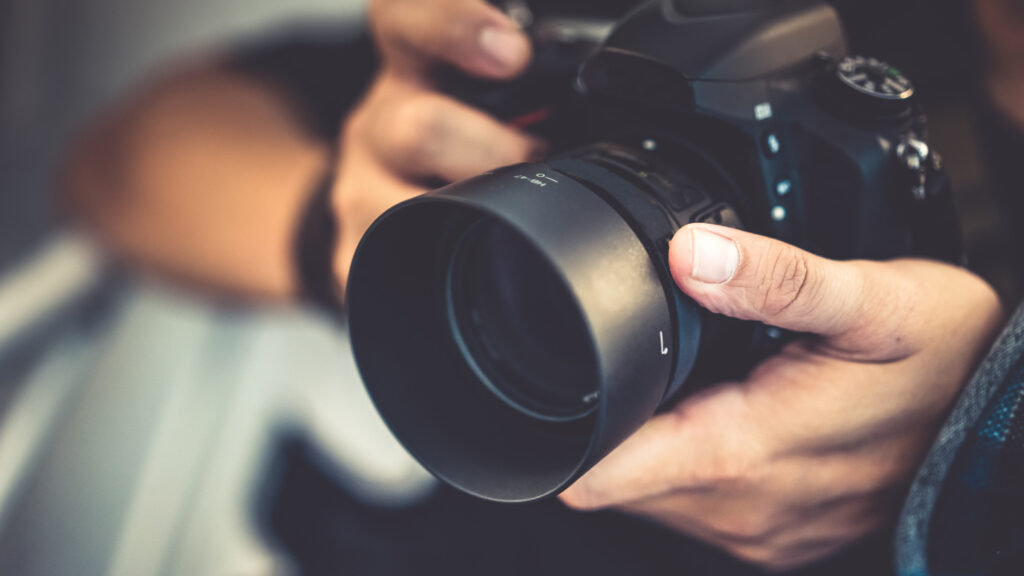The renowned photography company Yvette Heiser, based in the heart of Texas, has been utilizing its equipment to picture the Lone Star State’s unspoiled splendor for many years. Yvette Heiser is a name to trust when it comes to studying the art of photography, particularly in the intriguing field of astrophotography. This article will discuss the benefits of working with seasoned Texas wedding photographers and how Yvette Heiser can help you improve your astrophotography skills.
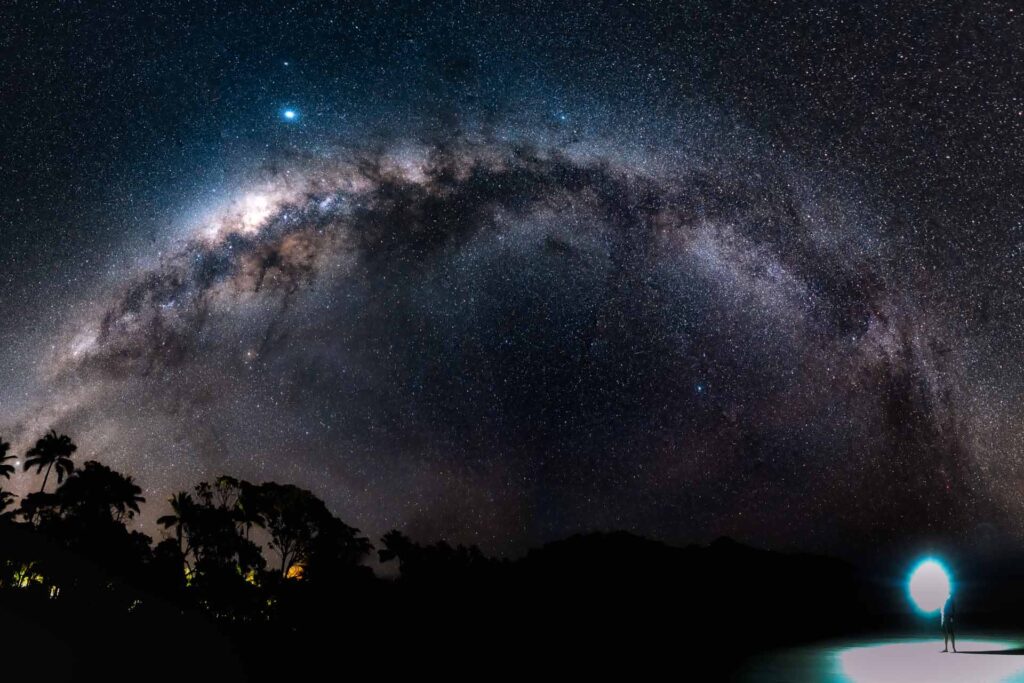
Polish your astrophotography skills with an expert.
The talent of photographing celestial wonders is known as astrophotoography sought after by astrophiles and demands specialized knowledge and tools. Aspiring photographers must have the appropriate equipment, know-how, and experience to produce jaw-dropping photographs that make an impact in order to succeed in this niche industry. Yvette Heiser knows how to make astrophotography exciting and gives budding photographers the resources they need to become proficient in this fascinating field. By enrolling in our astrophotography classes, participants will learn about the technical components of nocturnal photography, such as long exposures, light painting, and post-processing techniques.
A differentiated approach to conceptual photography
Creative thought and the production of images that convey a concept or idea are encouraged by the art genre of conceptual photography. With conceptual photography, photographers can use their lenses to tell a story, arouse feelings, and capture unusual viewpoints. Yvette Heiser urges photographers to explore this realm. Ace your astrophotography skills with Yvette Heiser by mastering conceptual photography and become an expert conceptual photographer, whether your goal is to capture the majesty of the Texas night sky or to convey a love story through wedding photography. Photographers may produce attractive pictures by fusing their technical expertise with a strong artistic vision.
The crucial role of professional wedding photographers in Texas
Yvette Heiser Texas – Significance of Professional Wedding Photographers, expert wedding photographers know how important it is to capture these moments, and they have the know-how to provide breathtaking visual stories of the big day. The skilled photographers on Yvette Heiser’s team in Texas understand how important it is to capture the spirit of a wedding. From the vows to the first dance, we capture every special moment with our meticulous attention to detail, imaginative flare, and unwavering dedication.
Moving Ahead
Being an expert in photography instead of just taking images is the aim of Yvette Heiser, a well-known Texas-based photography company. Whether you want to explore artistic photography, learn astrophotography, or capture the magic of your wedding day, Yvette Heiser is the person to trust in the Lone Star State. Enrolling in our astrophotography courses will teach you how to take accurate and artistic night sky photographs. Our expert photographers appreciate the importance of the big day and work hard to produce lasting photo tales for brides and grooms. Our photography firm can assist you in reaching your goals, one breathtaking photo at a time, if you’re in Texas and want to advance your photographic abilities.

